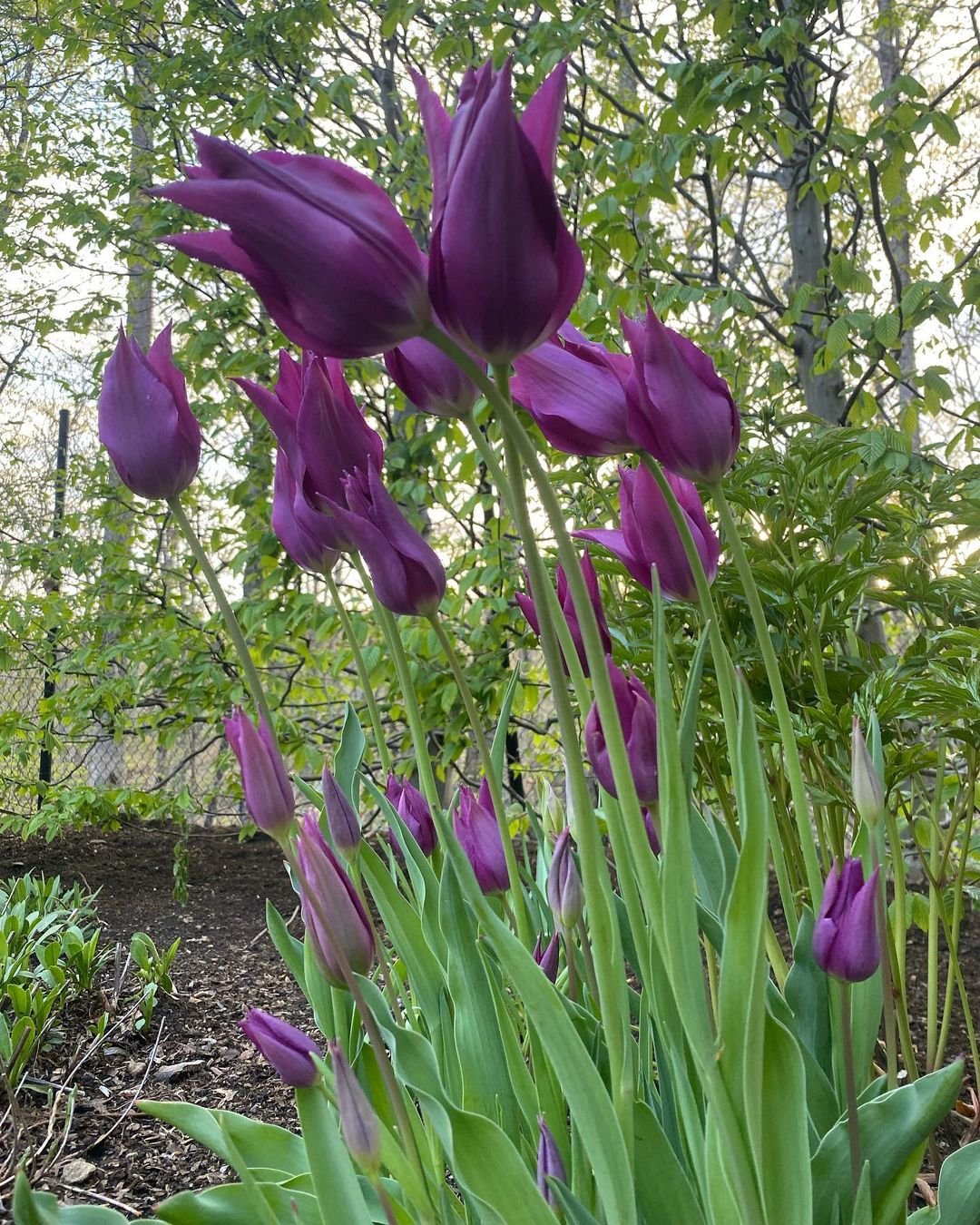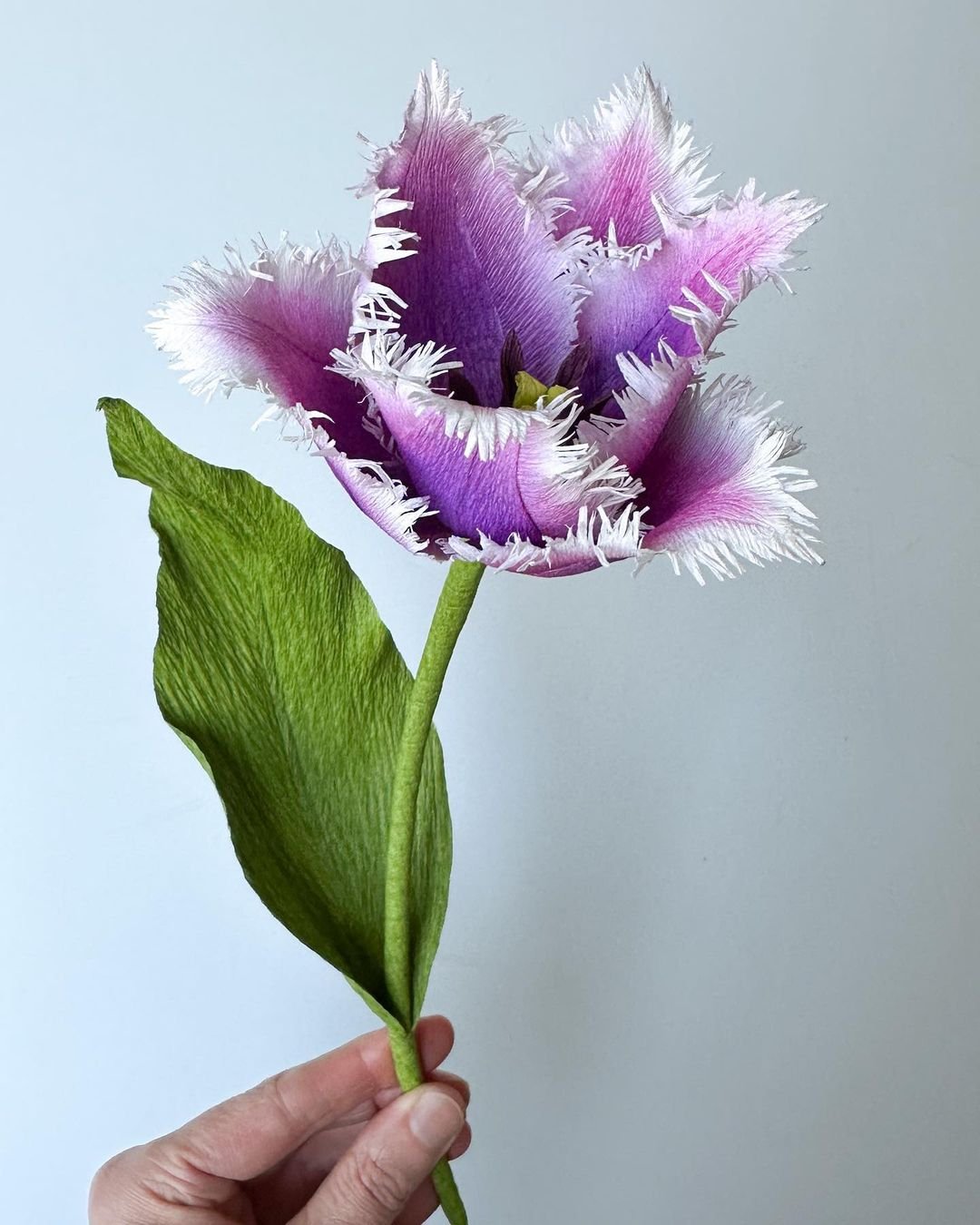Tulip generally symbolize perfect love. However, different tulip colors carry specific meanings: red tulips represent true love, pink tulips signify affection and caring, white tulips mean purity or forgiveness, yellow tulips symbolize cheerful thoughts and purple tulips represent royalty.
As a floriculturist with over two decades of experience in the language of flowers, I’m excited to guide you through the rich symbolism of tulip. These beloved spring flowers have captivated hearts for centuries, not just with their beauty but also with their deep-rooted meanings.
The History of Tulip Symbolism
Origins in Persia
- Tulips originated in Persia and Turkey
- Associated with declarations of love in Persian culture
Tulip Mania in the Netherlands
- 17th-century economic bubble centered on tulip bulbs
- Elevated tulips to a status symbol
For more on tulip history, visit the Netherlands Flower Bulb Information Center.
General Symbolism of Tulips
Tulips broadly represent:
- Perfect love
- Rebirth and new beginnings
- Spring and hope
Meanings of Tulip Colors
Red Tulips

- Symbolize true love and passion
- Often given to declare romantic feelings
Pink Tulips

- Represent affection and caring
- Ideal for friends, family, or budding romances
White Tulips

- Signify purity, innocence and forgiveness
- Often used in weddings or as apology flowers
Yellow Tulips

- Symbolize cheerful thoughts and sunshine
- Historically associated with hopeless love, but meaning has evolved
Purple Tulips

- Represent royalty and luxury
- Also associated with rebirth and spirituality
Orange Tulips

- Symbolize enthusiasm and energy
- Represent the connection between passionate love and warm affection
Black Tulips

- Rare and exotic
- Symbolize power and strength
For more on flower symbolism, check out the University of Illinois Extension’s guide to flower meanings.
Tulip Varieties and Their Specific Meanings
Parrot Tulips

- Ruffled, multicolored petals
- Symbolize whimsy and imagination
Double Tulips

- Peony-like appearance
- Represent abundance and indulgence
Fringed Tulips

- Delicate, fringed petal edges
- Symbolize elegance and refinement
Cultural Significance of Tulips
In Turkish Culture
- National flower of Turkey
- Symbolizes paradise on earth and perfect love
In Dutch Culture
- Iconic symbol of the Netherlands
- Represents the arrival of spring
In Persian Poetry
- Often used as a metaphor for the beloved
- Symbolizes spiritual awakening
For more on tulips in Turkish culture, visit the Turkish Cultural Foundation’s page on tulips.
Using Tulip Symbolism in Gifting
Romantic Occasions
- Red or pink tulips for Valentine’s Day or anniversaries
- Mixed colors for a budding romance
Friendship and Family
- Yellow or orange tulips to brighten someone’s day
- Pink tulips to show affection to friends or family
Sympathy and Forgiveness
- White tulips to express condolences or seek forgiveness
- Purple tulips to honor the memory of a loved one
Celebrations
- Multicolored tulip bouquets for birthdays or graduations
- Orange tulips to congratulate on a new job or achievement
Tulips in Art and Literature
In Paintings
- Featured prominently in Dutch Golden Age still life paintings
- Symbolized wealth and fleeting nature of life
In Poetry
- Often used as a metaphor for beauty and love
- Sylvia Plath’s poem “Tulips” uses the flower as a complex symbol
For art featuring tulips, explore the Rijksmuseum’s online collection.
Growing Tulips with Symbolism in Mind
Creating a Symbolic Garden
- Plant different colored tulips to represent various aspects of life
- Use tulip placement to tell a story or convey a message
Tulip Color Combinations
- Red and white for unity
- Pink and yellow for friendship and joy
- Purple and white for respect and purity
Tulips, with their vibrant colors and elegant forms, offer a rich language of symbolism that adds depth to their already considerable beauty. Whether you’re selecting tulips for a garden, a bouquet, or simply appreciating their presence, understanding their meanings can enhance your connection to these beloved flowers.
From declarations of love to expressions of cheerful thoughts, tulips provide a nuanced way to convey emotions and sentiments. Their symbolism, rooted in centuries of cultural significance, continues to evolve, making tulips a timeless and versatile choice for both personal enjoyment and meaningful gifting.
As you encounter tulips in various settings, take a moment to consider the hidden messages they might be conveying. Whether in a carefully curated garden or a thoughtfully chosen bouquet, tulips speak a language of beauty, emotion, and connection that transcends words.
For more information on flower symbolism and care, visit the Society of American Florists’ website.
For more gardening tips and plant care guides, visit usagardenhub.com.






One comment on “Tulip Colors and Their Meanings : A Comprehensive Guide to Floral Symbolism (2024)”